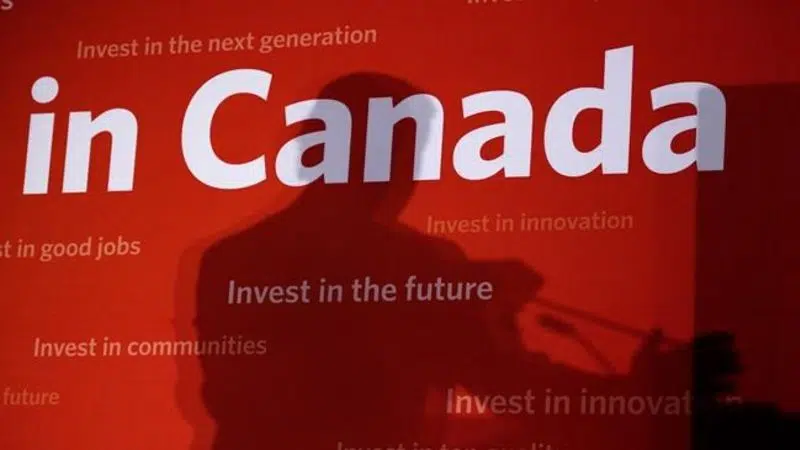
Unions lead third-party spending since start of pre-election period
OTTAWA — Two unions top the list for third-party ad spending this campaign season, as groups look to make their mark while sticking within the limits set by Canada’s new spending rules.
Documents filed with Elections Canada show Unifor has shelled out over $1.2 million while the United Steelworkers spent $736,349 since the start of the pre-election period on June 30 and through the first week of the official campaign period.
Unifor’s president Jerry Dias said Wednesday the union would “spend every dime we’re entitled to” in order to get its anti-Conservative message out to its 315,000 members.
The country’s largest private sector union is running a national-level campaign of TV, radio and social media advertising.


